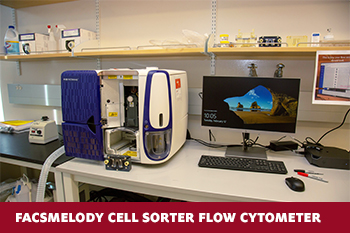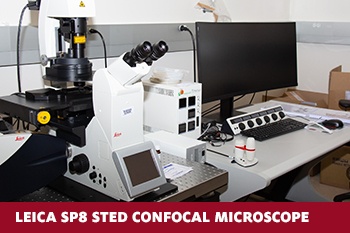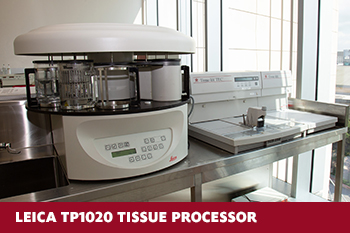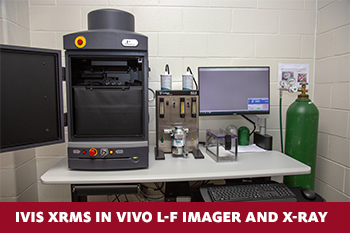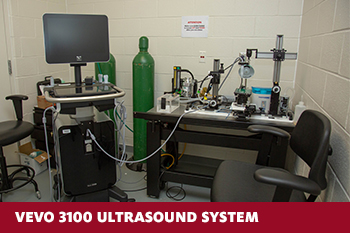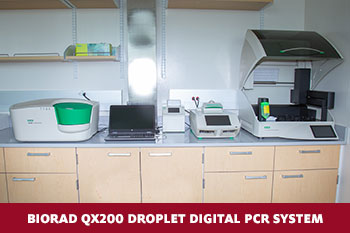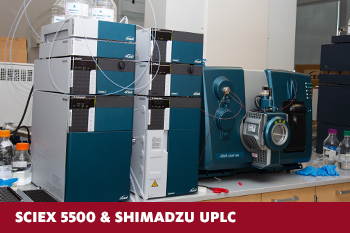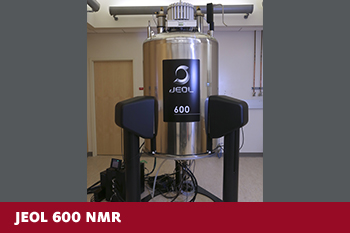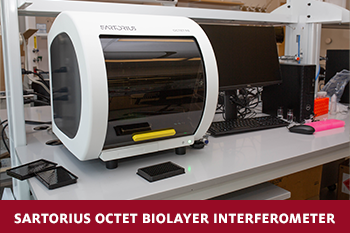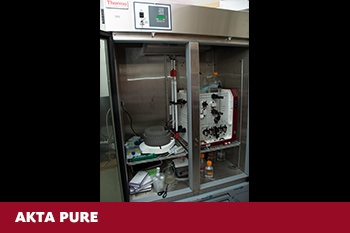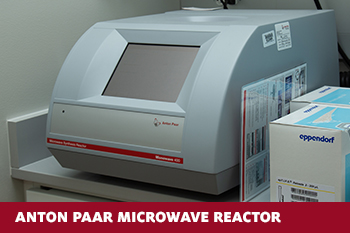BD FACSMelody Cell Sorter & Flow Cytometer
The FACSMelody Cell Sorter is a three laser Fluorescence Activated Cell Sorter configured for 8 colors as follows:
| Laser | Filters |
|---|---|
| 488 nm (Blue) | 488/15, 527/32, 700/54 |
| 561 nm (Yellow-Green) | 582/15, 613/18, 697/58, 783/56 |
| 640 nm (Red) | 660/10, 783/56 |
The cytometer is capable of 34,000 drops/second. Sorting can be two-way using 1.5, 2.0, and 5.0 ml tubes, or one-way using 6, 24, 48, 96, or 384 well plates or a microscope slide. Collection tubes, plates, or slides can be maintained at specified warm or cool temperatures by use of a coupled water recirculation unit.
